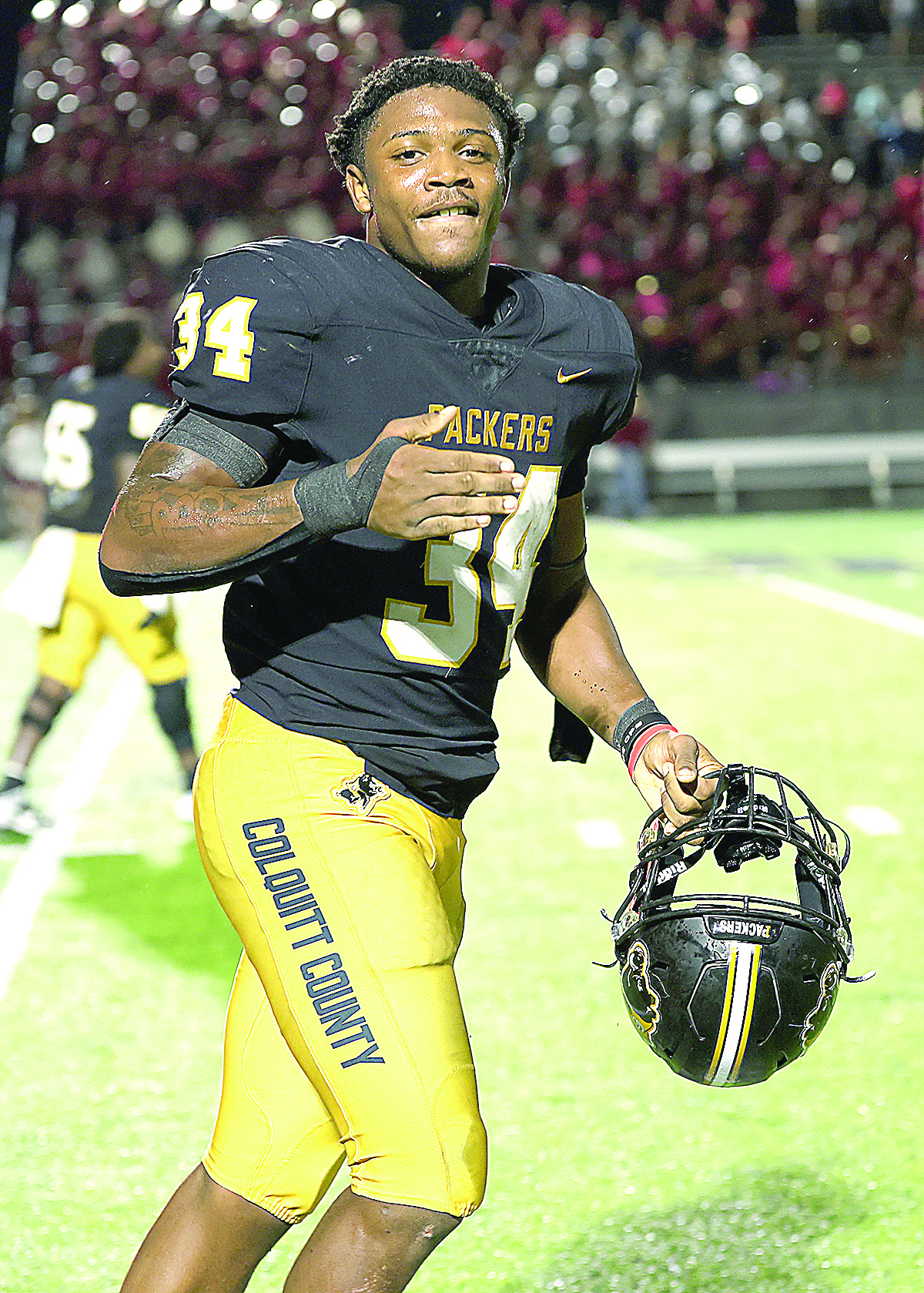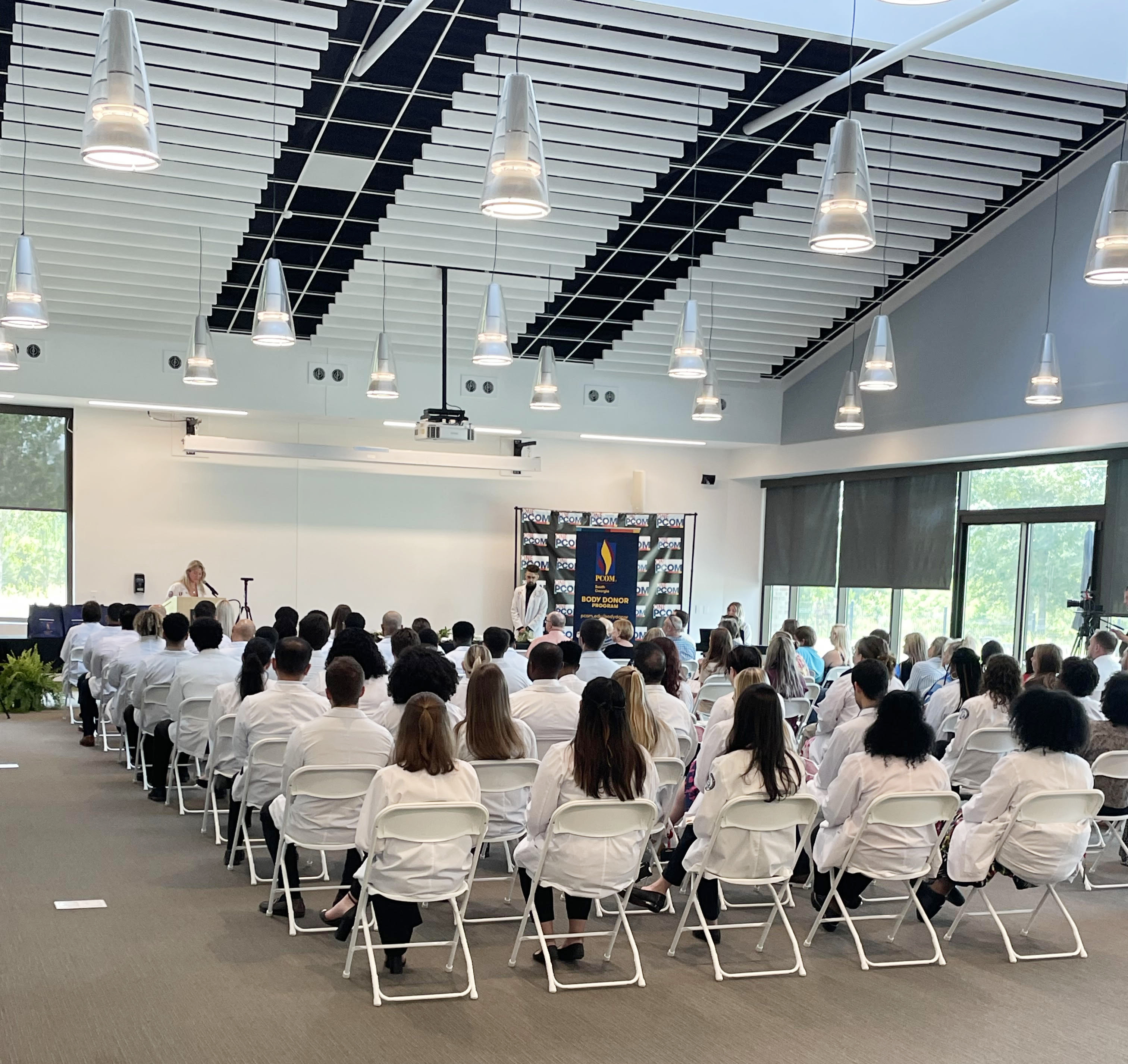One year later, what do I do now that I found gold?
Published 7:58 pm Wednesday, July 5, 2017
It took several hours for an important fact to hit home. I held in my hands an actual Olympic Gold Medal!
Yes, in waiting for the chance to interview Laura Wilkinson during USA Diving Zone B Preliminaries held recently at the Moose Moss Aquatic Center, there lying on a table was something that looked familiar, with familiar symbols and the word ‘Sydney’ on the lanyard. “Is that …?” I ask. She gives me permission to pick it up.
All that I had been told about this participant in the National Diving qualifiers was true. Etched into the medal – yes, I know it’s not made of 100 percent gold but instead more than 90 percent silver; if every Gold Medal ever awarded was 100 percent Au, wouldn’t be that rare and precious of a metal now, would it? – where was I? – oh, yes, etched into Wilkinson’s medal was reference to her event, 10-meter women’s platform. She received this 17 years ago in Australia and had it with her here in Moultrie because, “Somebody wanted to see it.”
I put getting this up-close look in the same category with seeing a World Series or Super Bowl ring in person, getting to try on a Master’s Green Jacket or maybe even being in the company of Lord Stanley’s Cup.
As thrilling as it was to have this story fall into my hands completely unexpected, Wilkinson is not the first Olympic Gold Medalist I’ve been privileged to meet in my sports reporting career. David Larson of Jesup was a Gold Medal-winning relay swimmer at the 1984 Games in Los Angeles, and he was part of the Olympic Torch Run ceremony held there in 1996. Angel Myers Martino represented Americus and the United States two times also as a swimmer, and she is a six-time medal winner at Barcelona in 1992 and Atlanta in 1996 (three Golds in relays, three Bronzes individually).
Ironically, I first interviewed Angel Martino (whose last name has changed since) when she was attempting to make the U.S.A. Swimming team one more time for those 2000 Sydney Games. Unfortunately, she did not get past the Trials.
•••
High school football practice in full pads doesn’t begin until later in the summer, but Packer players and those from other schools were in pads last week at the old high school fields for an organized team activity (OTAs). They visited from Bainbridge, Thomasville, Jones County and Warner Robins.
Colquitt head coach Rush Propst brought everyone together before breaking for lunch, and while he said there were some good sessions of football work, most of his speech centered around what the game of football can do for them in life.
Playing football is a great way for these youngsters to earn a college scholarship, and a college degree is a great way for these youngsters to earn a good living beyond the game. For juniors and seniors, Propst stressed how they need to take the ACT as soon as possible and be registered with the NCAA Clearinghouse. For those who may not be aware, this is the outlet for high schoolers to prove their eligibility, so it is now called the NCAA Eligibility Center. There’s a brochure available on ncaa.org for anyone interested in playing Division I or II sports, so go there and create your Certification Account.
Propst has said several times before about how important it is to act right and to appear to act right. He reminded these players about how scandal rocked the Baylor University program and its former coach, Art Briles. He told them you never know who is watching you, and who that person might be speaking to about you. Propst said he receives calls from major universities not just about his own players, but those whom he might have competed against.
Finally, the coach had to share some sad news about whom he called one of the best players he ever coached. Former Hoover High and University of Alabama defensive lineman Curtis Dawson died last week at the age of 33. Propst said Dawson was headed for an National Football League career, that he had that kind of talent. But his career with the Crimson Tide only lasted three games as a true freshman in 2004 for then head coach Mike Shula. It is reported on tidesports.com that, for violation of team rules, Dawson was dismissed from the team prior to the 2005 season.
Propst had this to say to the Tuscaloosa News about Dawson’s struggles away from football.
“Athletes are so competitive. On the field, in competition, they are dominant. Sometimes they get off the field and they struggle with that, with being the Average Joe. But he was a good person at heart. He has a great family that I still love, and I love Curtis Dawson.”
•••
When softball umpires were at the Moultrie-Colquitt County Recreation fields last week for the Vereen Summer Shootout, it was a chance to ask about a situation I recently witnessed and confirm my suspicions on how it was handled. Lee Folsom, who directed the training for these high school officials, is himself a college umpire.
Yes, it was at Florida State during Super Regionals. Perhaps the best hitter in the country, FSU’s Jessie Warren, is hit by a pitch on the first ball thrown to her in Games 1 and 2. Warren took the Game 1 pitch to the batting helmet; the rest of the game goes on without further incident. In Game 2, the first pitch from a different pitcher catches Warren on the side. Naturally there are a lot of upset people … “They did the same thing yesterday!” … but the rest of the game went on without further incident.
For the umpire, in both cases, all you can do is check that the player is O.K., then award first base. As for the same thing essentially happening in back-to-back games, people for FSU may have wanted some kind of warning in Game 2, but Folsom agreed with my assessment that a new game starts with a clean slate. Nobody would have thought much about it if it happened to the No. 9 hitter, and umpires have to view every batter and pitcher the same.
Unfortunately, most of the scuffles seen over the decades in Major League Baseball are based on past tensions between players and/or teams. But umpires there have to let the game progress as it will and make rulings accordingly.
•••
Saved this point for last. Working on this July 6 Moultrie Observer marks one full year in the books for this sports reporter at his new job. It’s been wonderful, a delight and a pleasure. Now there are no more “I don’t know what happens at this time of year” excuses.
And to be honest, I shouldn’t have to ask that kind of question. As unique as Moultrie is, it’s no different reporting community based sports here than at any of my other three homes, and those places had their own unique distinctions.
What they all have in common is a diversity of participation and success across the board in a school year. There’s no doubt what separates Moultrie from the rest is the aforementioned diving center. You’re not going to find that anywhere else outside Atlanta.
I came to a conclusion that a sports reporter will find other common occurrences no matter where you’re working. Take for instance the Banquet Shuffle. Yes, that introduction of one player after another, all going up to receive something and then lining up together … then silently told to move over to the side and make room for the others.
And, the Signing Day Stare. That’s when family and coaches gather with that young student-athlete about to sign that college scholarship (sometimes substituted for a blank page, because the real document was already inked and sent off). With several wanting to get their own photo, the subjects wonder which way to look. “Hey, everyone look straight ahead so at least the eyes are in the same direction.”





